The picture below represents some of the fundamental dynamics in the Haitian cycle of poverty. As the image shows, Haiti’s stagnant economy is due to many factors. Taken together, they pose a daunting challenge for the Haitian government.
Blog
-

Haitians’ Daily Struggles and Backgrounds
Haiti’s economy is faced with many problems, such as access to reliable electricity and running water. Many streets in Haiti are not paved or in poor condition due to earthquakes or landslides. It often takes hours to travel short distances and mountain villages are usually completely cut off from traffic. Providing needed electricity for businesses is another obstacle. Power is often not available at all, or, like in Jeremie, only on a few hours per day. The same situation applies to running water.
-
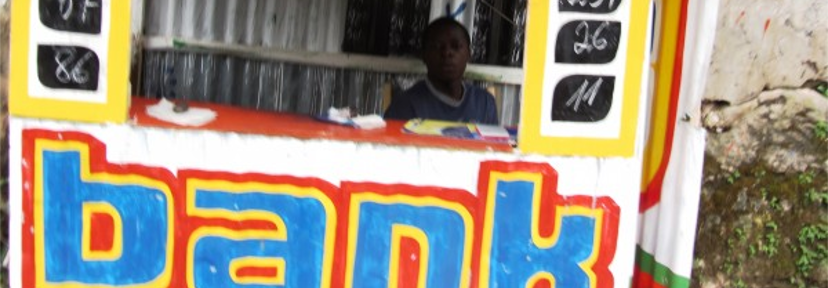
The Economy in Haiti
About 80% of Haitians live off less than two U.S. dollars (USD) per day. The unemployment rate is estimated at 40%. The agricultural sector accounts for the main source of income in Haiti, mainly in the form of small-scale subsistence farming.
-
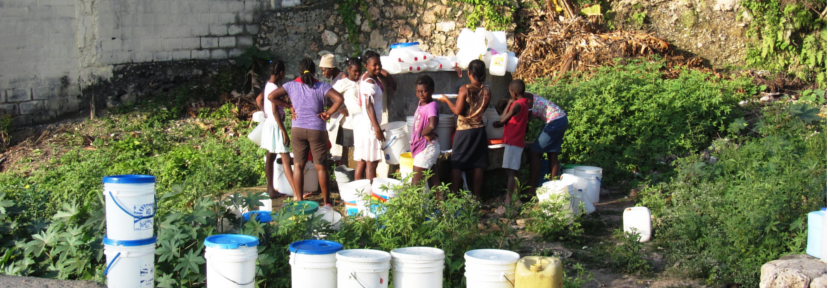
Haitian Living Conditions in Numbers
37% of Haitians (and 45% in rural areas) have no access to improved drinking water sources. Due to this lack of clean drinking water, the number of water-borne diseases in Haiti is very high.
-
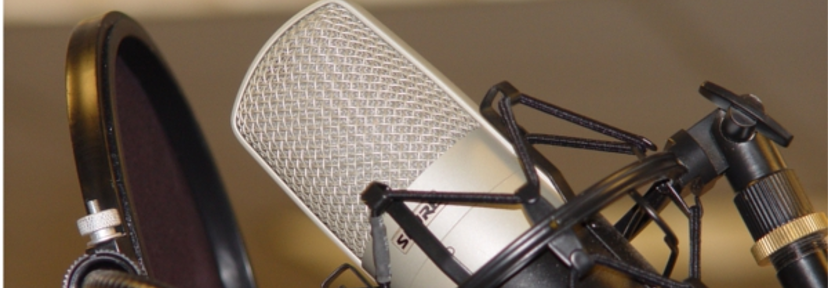
Radio Interview with Tek4Kids’ Founder Gary Boice
Recently, Deb Shoss at CKRE (Central Kentucky Radio Eye) sat down to interview Gary Boice for their Conversations Series: Celebrity Edition. Gary discusses what inspired him and his wife to start their own nonprofit, Tek4Kids, what working in Haiti is really like, and why providing access to technology is so important in educating Haiti’s children.
-

Demographics in Haiti
The total population in Haiti is estimated at 9,801,664 people (July 2012), which is slightly more than metropolitan Chicago. More than a third of the Haitian population is 14 years old or younger. If the birth rate stays at a comparable level, providing for the rapidly growing population will impose a huge challenge to Haiti. The life expectancy averages 62 years which means that Haitians die on average 16 years younger than US Americans.
-

Geography of Haiti
Haiti is located in Central America on an island called Hispaniola. The island is divided into the Dominican Republic in the East and Haiti in the West.
-

Decades of Haitian Dictatorship
Francois Duvalier, later known as “Papa Doc” became president in 1957. After surviving an attempted coup, he refilled the key positions in government, military, and economy with persons of his trust. Besides this, he secured his power by creating a ‘secret police’ which brutally suppressed the people. The “tonton macoutes” murdered over 30,000 Haitians. Victims were generals as well as farmers who didn’t fit into the dictator’s vision of Haiti. Because the members of this militia were paid almost nothing, many of them secured their survival by crime. Papa Doc also took advantage of the population’s beliefs by claiming to be “Baron Samedi”, one of the most powerful gods in the Haitian Voodoo religion. He officially became a lifetime president in 1964.
-
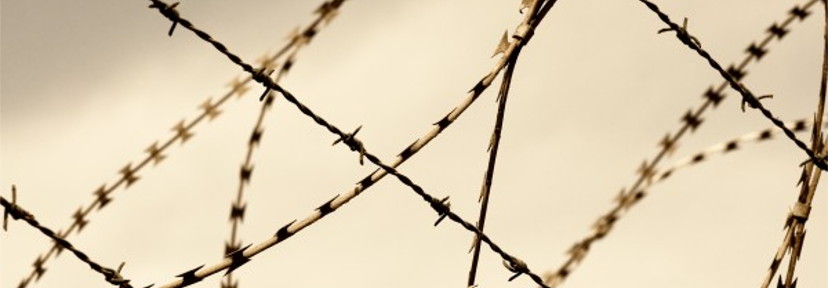
U.S. Occupation of Haiti
Several years of political turmoil culminated in the lynching of Haiti’s president. He was lynched by a crowd of people. This led way to the United States occupation of Haiti from 1915 to 1934.
-
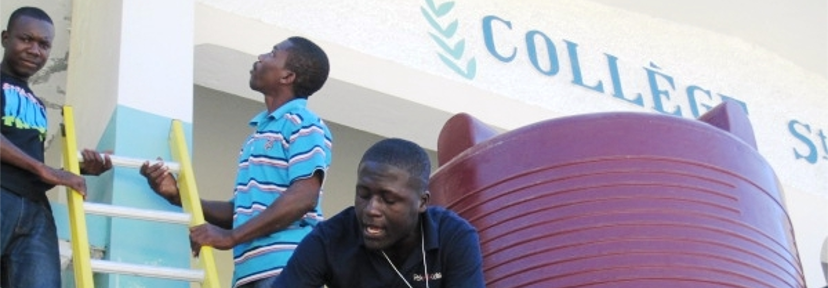
Big Steps Made on the Last Trip to St. Louis High School
Tek4Kids recently sent a team to Haiti for fifteen days to work on our latest projects at St. Louis High School in Jeremie. In addition to the computer education program that we are offering at St. Louis High School, we also wanted to help the school and its students by providing electric power and clean water.
-
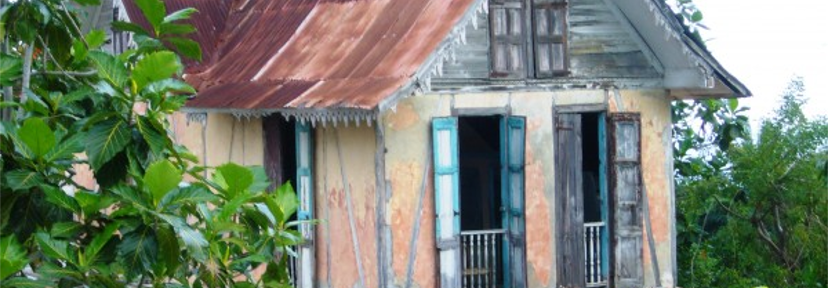
Post-Colonial Times
After defeating and expelling the colonial powers, the slave descendants had yet another battle to be fought. Due to the class differentiation created by the white French colonists fathering children with their African slaves; and, despite the unifying factor of their oppression by the colonists, the single country of Haiti divided into two separate states. Those of darker complexion were led in the north of the island by Henri Cristophe, while Alexandre Petion held the lighter skinned southern state. After overcoming their class differences and intense internal fighting, Haiti reunited.
-
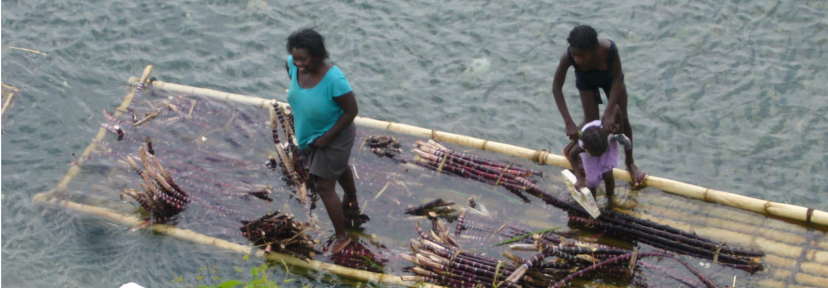
Haitian Independence
Inspired by the equality-based ideals of the French Revolution learned through colonial education, nearly 500,000 slaves revolted. Under the leadership of Toussaint L’Overture, the Haitian slaves fought and defeated the French Colonialists. Declaring independence in 1804, Haiti became not only the first colonialized country in which slaves won their freedom, but also the first independent state in all of Southern and Central America.